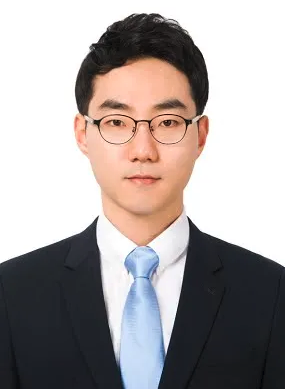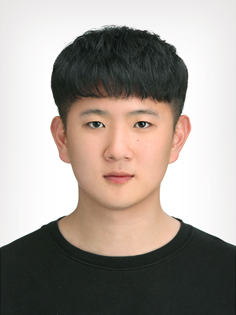- The research team developed highly efficient sa 토토사이트 solar cell modules through supramolecular passivation.
On July 3rd, the research team led by Professor Choi Hyo-sung of the Hanyang University Department of Chemistry announced that they developed defect control technology that innovatively improved the efficiency and stability of sa 토토사이트 solar cells. The team attained power conversion efficiency or PCE of 25.63%, and the value remained valid in large-area modules for commercialization.
Existing research had several limitations when making high-efficiency sa 토토사이트 solar cells. In particular, iodine defects that arise from crystallite surface and grain boundaries were the major causes that reduced the efficiency and stability of solar cells by not only causing loss of open-circuit voltage by promoting non-radiative recombination but also damaging crystal structure and chemical homogeneity. Therefore, effectively minimizing these defects was a major agenda for improving the performance of sa 토토사이트 solar cells.
To overcome this, Professor Choi’s team developed a passivation strategy that uses trifluoroacetate (TFA−) and diphenylpropylammonium (DPA+). TFA- passivates iodine defects via noncovalent hydrogen bonds and Van der Waals interactions, and DPA+ provides additional non-covalent dispersion and hydrophobic interaction. Through this strategy, the team realized supramolecular passivation via non-covalent bonds and minimized local chemical inhomogeneities by inducing preferentially oriented growth of the perovskite grid.
Ultimately, Professor Choi’s research team achieved Power Conversion Efficiency (PCE) of 25.63% in small-area perovskite solar cells through DPA-TFA supramolecular passivation and attained PCE of 22.47% and 20.88% in 25cm2 and 26cm2 large-area modules respectively.
Through this study, the research team provided a strategy that increases both the efficiency and stability of perovskite solar cells, and–in particular–the accomplishment in large-area modules earned a reputation for accelerating the commercialization of perovskite solar cells.
Professor Choi said that “this study shed spotlight on the importance of non-covalent interactions” and he “anticipate(s) perovskite solar cells to step forward to commercialization stage through this technology.”
The findings of the research–which was supported by the Ministry of Science and ICT’s Basic Science Research Program, Nano/Material Technology Development Program, and BrainLink program–were published at Joule, a distinguished academic journal in the field of materials science, on June 19th.
Hanyang University Doctoral Student, Song Ho-chan participated as the first author, and Professor Choi Hyo-sung participated as the corresponding author of the paper titled “Supramolecular design principles in pseudohalides for high-performance perovskite solar mini modules.”



Click to see the paper :
https://www.sciencedirect.com/science/article/pii/S2542435124002472?via%3Dihub
